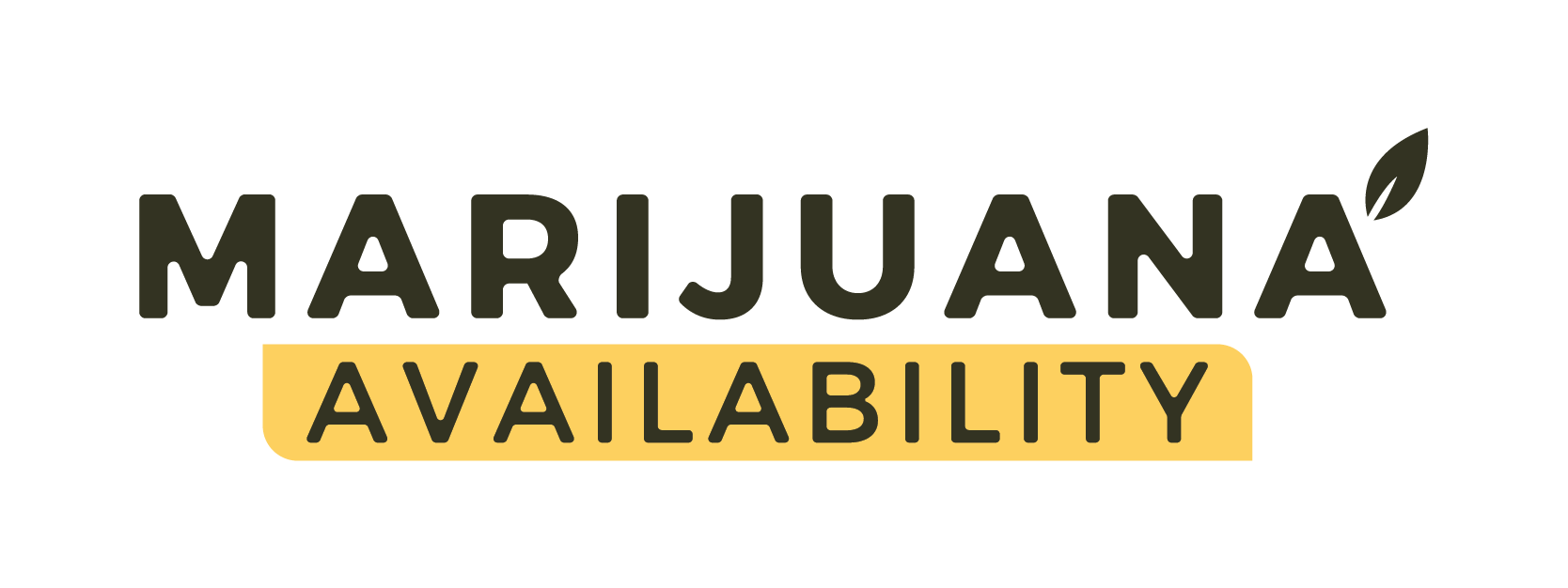As cannabis legalization continues to evolve across the United States, delivery services have emerged as a vital component of the industry. These services not only increase accessibility for consumers but also contribute significantly to state tax revenues. Here’s an overview of cannabis delivery services in states where delivery is legal, with distinctions between medical and recreational availability, and insights into revenue growth.
States Offering Cannabis Delivery Services
California
- Type: Medical and Recreational
- Overview:
California has been at the forefront of cannabis legalization, and its delivery services are among the most robust in the nation. Companies like Eaze and Grassdoor dominate the market, offering same-day delivery to a wide range of locations. - Revenue Impact:
According to a report from the California Department of Tax and Fee Administration, cannabis sales in 2023 generated over $5.3 billion in revenue, with delivery services contributing significantly due to consumer preference for convenience. - Source: California Department of Tax and Fee Administration
Nevada
- Type: Medical and Recreational
- Overview:
Nevada allows both medical and recreational cannabis delivery, especially within densely populated areas like Las Vegas and Reno. Dispensaries such as Planet 13 and The Source+ offer delivery options that cater to locals and tourists. - Revenue Impact:
Cannabis revenue in Nevada exceeded $1 billion in 2023, with a significant portion attributed to delivery services tailored for high-demand tourist markets. - Source: Nevada Cannabis Compliance Board
Massachusetts
- Type: Recreational
- Overview:
In Massachusetts, recreational cannabis delivery became operational in 2021. Licensed operators like Lantern and We Can Deliver provide services primarily in urban areas like Boston and Worcester. - Revenue Impact:
Cannabis sales reached $1.8 billion in 2023, marking a steady increase since delivery services were introduced. Delivery has particularly driven sales in densely populated regions. - Source: Massachusetts Cannabis Control Commission
Oregon
- Type: Recreational
- Overview:
Oregon supports recreational cannabis delivery in select municipalities. Delivery services, such as Dutchie and Green Leaf Delivery, make cannabis accessible even in remote locations. - Revenue Impact:
The Oregon Liquor and Cannabis Commission reported $1.1 billion in cannabis revenue in 2023, with delivery services contributing to rural accessibility and overall sales. - Source: Oregon Liquor and Cannabis Commission
Michigan
- Type: Medical and Recreational
- Overview:
Michigan offers cannabis delivery for both medical and recreational users. Services like Lume Cannabis Co. and High Road Delivery have streamlined the process for customers statewide. - Revenue Impact:
Michigan’s cannabis industry generated $3.3 billion in sales in 2023. Delivery services have played a critical role, especially in cities like Detroit and Ann Arbor. - Source: Michigan Cannabis Regulatory Agency
Key Trends in Cannabis Delivery
Increased Accessibility
Delivery services have made cannabis more accessible to individuals who may face barriers visiting physical dispensaries, such as:
- Elderly or disabled consumers.
- Residents in rural or underserved areas.
- Customers seeking privacy or convenience.
Technological Integration
The integration of advanced technologies like app-based ordering, GPS tracking, and automated age verification has enhanced the efficiency and security of cannabis delivery services.
Revenue Growth
States offering delivery services have seen a notable uptick in cannabis-related revenues. The convenience of delivery encourages frequent purchases, driving consistent growth in sales and tax revenue.
Challenges and Regulations
While cannabis delivery services provide numerous benefits, challenges remain:
- Regulatory Compliance: Stringent laws regarding age verification, delivery hours, and geographic limitations vary by state and require meticulous adherence.
- Market Saturation: In highly competitive markets, smaller delivery services face difficulties competing with established players.
- Public Safety Concerns: Ensuring safe transactions and delivery routes continues to be a focus for regulators.
Conclusion
Cannabis delivery services are revolutionizing how consumers access cannabis in states where the plant is legal. From California’s bustling market to Massachusetts’ burgeoning delivery options, these services are contributing significantly to state revenues and consumer satisfaction. As legalization expands and technology advances, delivery services are expected to play an even greater role in shaping the future of the cannabis industry.
Sources:

